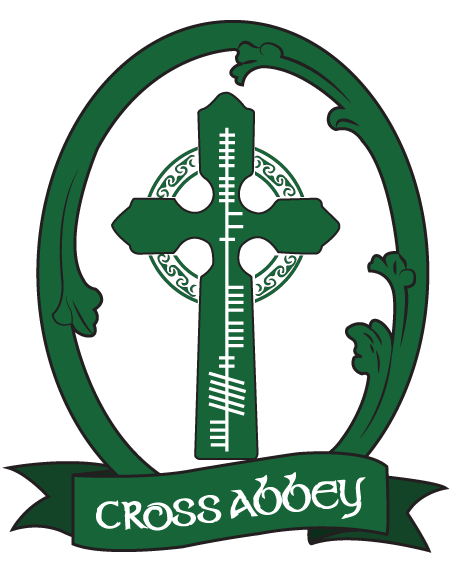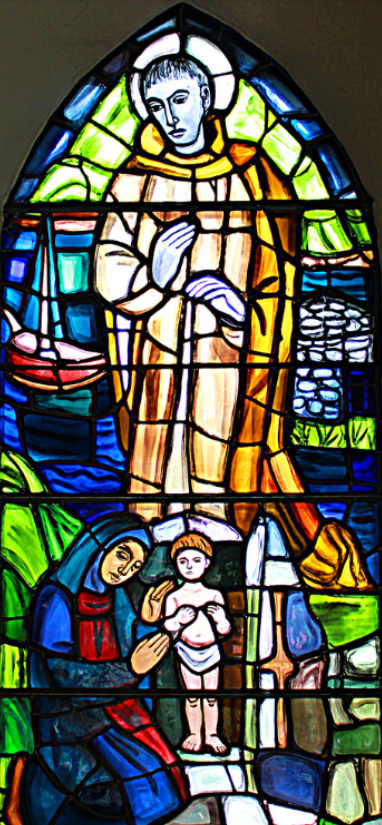Inisglora Island
The small Inishglora island (Irish: Inis Gluaire) lies off the Mullet Peninsula in North Mayo not far from the islands of Duvillaun and the two islands of the Inishkeas. The island has been uninhabited since the early 20th century.
Inishglora is the holiest island among Mayo’s islands. Sailing nearby sailors and fishermen used to lower their top-sails to show their respect and to honour St. Brendan the Navigator who is reputed by legend & folklore to have strong connection with this island.
On the island there are many interesting archaeological remains. Here, Saint Brendan the Navigator (484 – 577 AD) or Naomh Breandán in Irish, founded a church mentioned in the Preamble. The church, now roofless, is a good example of Gallarus type, a primitive Christian architecture also found in County Kerry. A wooden statue of the Saint was displayed in the north east corner of the chapel; in the past locals and visitors worshipped it, they believed it gave anyone power to relieve a woman in labour by lifting it three times and then touching her.
Here, according to legend, Saint Brendan cured the last male heir of the O’Malley clan immersing him into the Holy Well. The child grew up and led the O’Malley’s clan saving it from extinction.
This stained glass window dating from 1950 depicts St. Brendan the Navigator and a woman and child. The sickly child was the last male heir of the O’Malley clan, the mother had been advised to bring the child to St. Brendan on Inishglora where he had founded a monastery.The Saint immersed the child in a Holy Well on the island and he was immediately cured, grew up to lead the O’Malley’s on land and on sea and saved the clan from extinction. The window by Evie Hone is in the porch of Coill Míolcon Church in the Maam Valley, Connemara which is at a distance from Inishglora. The window was dedicated by the local O’Malley family.
St Brendan or Naomh Breandán lived from c. 484 – c. 577) and was also called St. Brendan the Navigator. He completed a number of voyages during which he is said to have visited North America. He also founded a number of early Christian monasteries in the west of Ireland among them one on Inishglora where he is associated with the legend of the Children of Lir .

The island has the remains of two other churches: Teampall na bhfear and Teampall na mBan, meaning the Men’s Church and the Women’s Church in Irish. Both of them date back several centuries and are more modern than Saint Brendan’s Church. The women’s church may have been an early nunnery.
There are also the ruins of three beehive huts used as penitential cells by the monks. The largest of them is known as Saint Brendan’s cell where, according to legend, the Saint slept and planned his voyages across the seas to the Scottish Islands and to various parts of England and Wales. An old custom suggests visitors to the huts should break bread with one another.
On Inishglora there is also St Brendan’s Well. There was an old superstition about it: if a woman took water from the well it would turn into blood and become full of red worms. Maybe the superstition grew up in order to ensure that nuns and monks would not use the well as an illicit meeting place.
Scattered around the island there are several early cross slabs, pillars and the Seven Stations of the Cross, four of which are in the western area. The last station, a rock with two piles of stones, is called “Rock of Prayer”, in Irish “Cloch na h-Athchuinge”.
On the island garlic grows very well and locals say it was planted there by the monks and will grow forever.
Cross beach, part of The Cross Loop Walks on The Mullet in Co Mayo, looking out on Inishglora. Photo: Anthony Hickey

